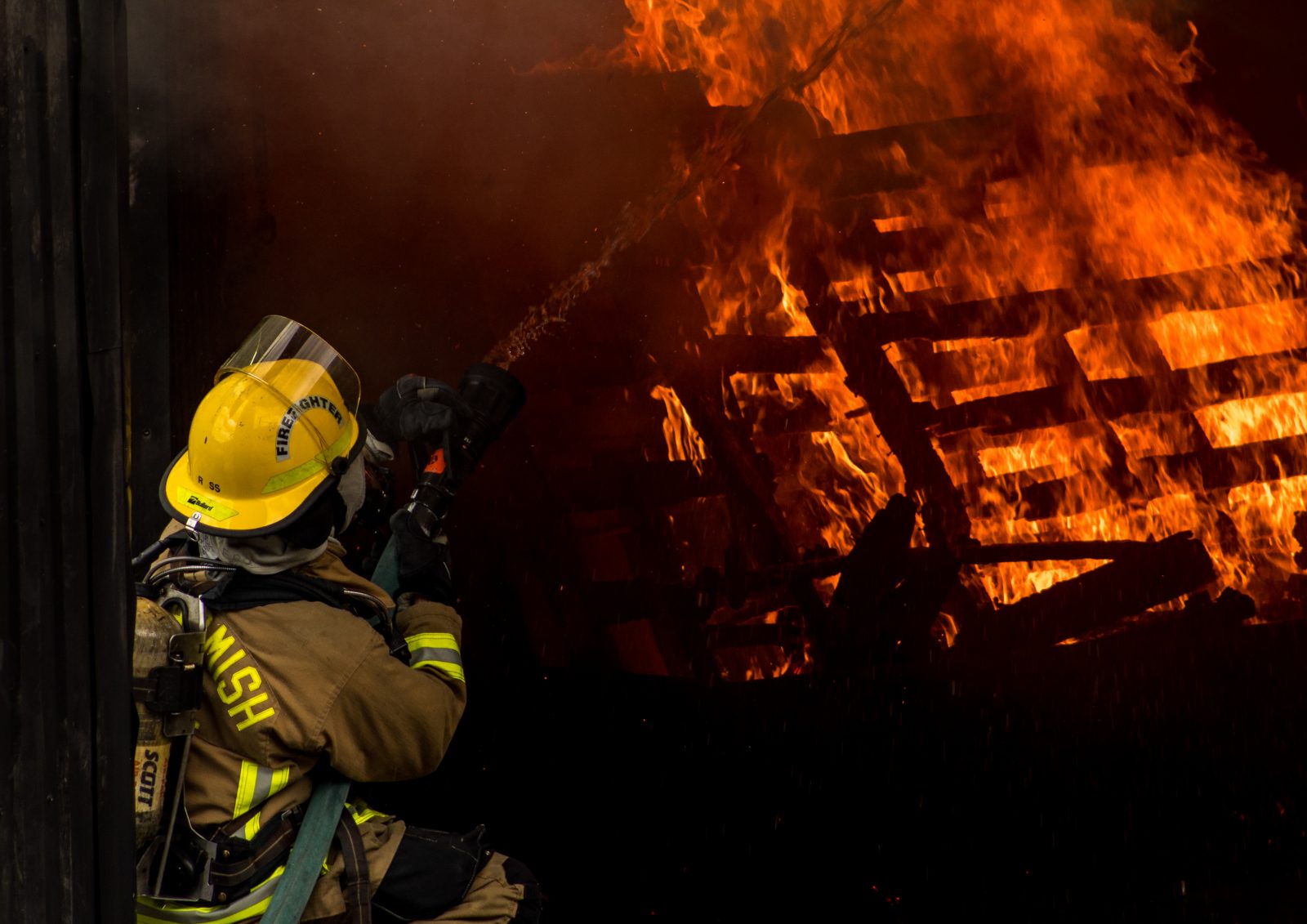Fire Safety Issues Threaten The Construction Industry As A Whole
A lot of people living in the West thought that the problem of fire safety was well and truly behind us. It seemed as though the market had developed the technologies that businesses and homebuilders needed to avoid loss of life.
But while the technology continued to develop unabated, the rigor with which it was implemented did not. In London, for instance, the Grenfell tower disaster showed that things could still go wrong, even in a sophisticated city like London.
The problems, however, aren’t solely to do with legacy cladding issues. Many homebuilders have failed to implement adequate fire curtain solutions in properties, putting homeowners at risk.
Take building group Persimmon, for instance. After an independent inquiry, it was found that the company hadn’t implemented the correct fire safety standards in more than 16,000 newly-constructed homes, potentially putting residents at unnecessary risk.
The problems for Persimmon were not technological – installing fire-proof barriers in cavity walls is trivial. Instead, the problem was organizational. It turned out that the firm had been constructing timber-framed buildings without the fire protection cladding they needed to keep residents safe. Independent investigator Stephanie Barwise QC is now at the head of an inquiry that will investigate whether the company deliberately breached health and safety standards and why it pays its top executives so much money.
Following the Grenfell incident, landlords of high-rise buildings have been rushing to install fire abatement technology that will prevent a repeat of the event that led to the loss of 72 lives. In Doncaster in the north of England, for instance, work has already begun fitting out a block of flats with sprinklers on every floor with an estimated cost of around $8 million.
When it comes to high-rises, safety has now become the dominant concern. People know that high-rises are at risk because of the sheer number of families and appliances that they contain. If there are one hundred dryers in a flat, it only takes a single one to burst into flames to put everyone at risk.
In Doncaster, the owners of the block of flats in question, St Leger Homes, say that it is working with the local authorities to dramatically lower the risk of fire to avoid a repeat of the Grenfell tower disaster. By working with local fire authorities and creating an evacuation plan, it hopes it can better prepare residents, should a fire strike.
Of course, the UK isn’t the only country to have experienced significant fires in the last few years. Paris saw the burning of Notre Dame last year. Dubai also saw a major tower close to the Burj Khalifa catch fire after a problem with the airconditioning system.
While it is rare, enormous buildings can catch fire and burn to the ground. When they do, it is a disaster, both economically and in terms of human lives. Fire kills. There’s a strong movement, therefore, to improve fire safety measures. It’s not just about technology but making sure that the people on the ground can actually implement it effectively.

